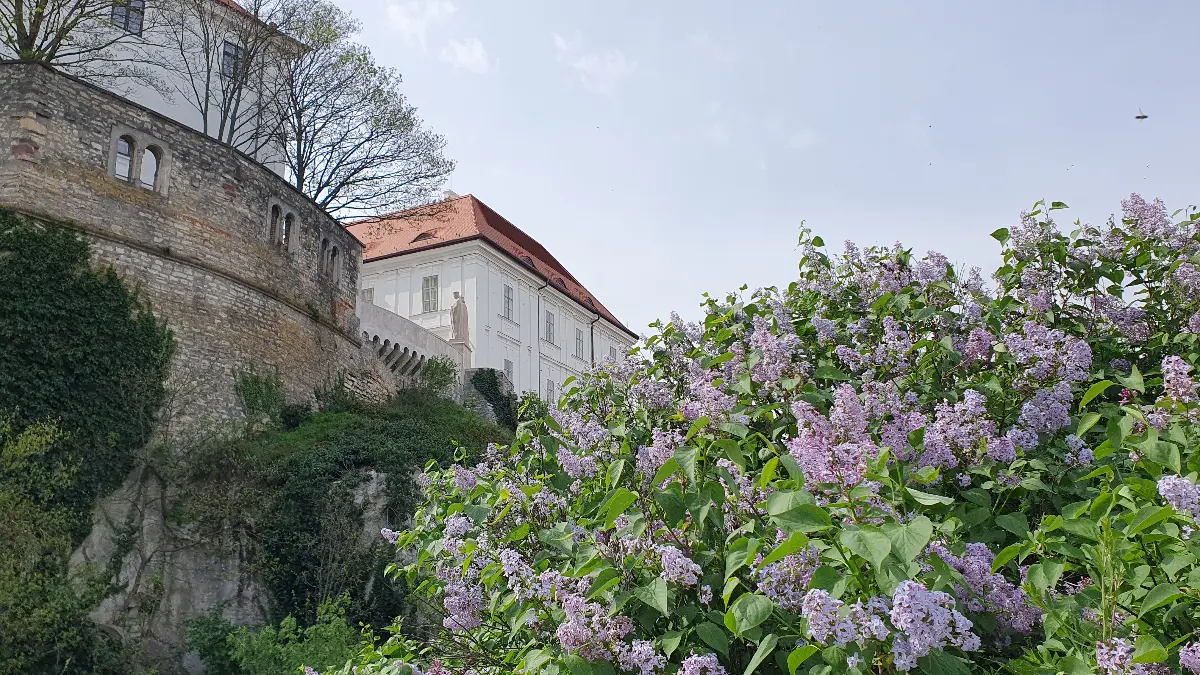
Helyszín címkék:
5 + 1 interesting facts from the City of Queens, or the secrets of Veszprém
Kilár Boróka
1. This is how Veszprém sends a message to posterity: time capsules in the castle
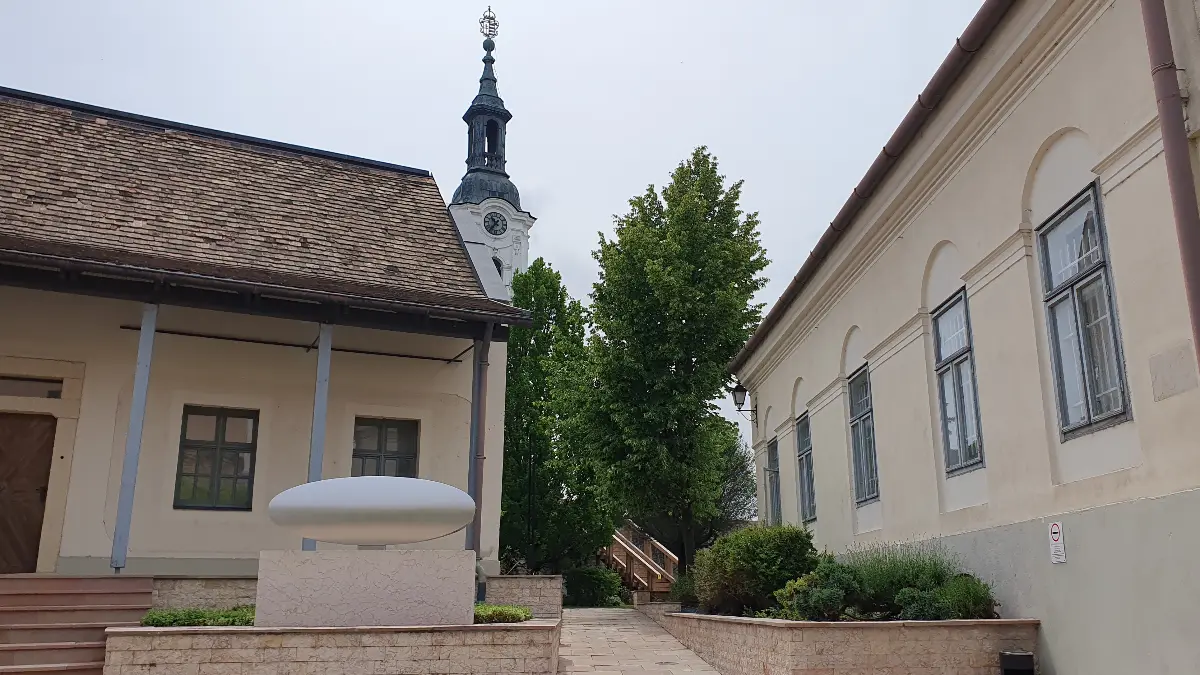
The buildings of Veszprém Castle carry the past. Here, even the copper globes placed at the top of the towers hide secrets, or more precisely, time capsules. According to an old custom, messages and objects were placed in them during the reconstructions for future generations. In the Szent Mihály Cathedral, during the renovations, two were found from the beginning of the century. The copper globe on the top of the Franciscan church also hides a time capsule. In 2023, a new time capsule was placed in the wall of the cathedral, in which the badge of the European Capital of Culture, a coin from the zoo, and a data carrier containing a video message were hidden. The archbishop of Veszprém also placed the rosary received from Pope Francis in the new time capsule placed in the dome of the Franciscan church. There is also a time capsule on top of the Fire Tower at the front of the castle, in the globe under the blazon, which was placed during the renovation of the tower in 1814. The view of the city from the wall-walk below is wonderful. Next to it, you can rest in the café of the Fotos Audiovisual Centre or you can explore the secret hanging garden behind it.
2. Gossips and period drawing from the pen of a barber from Veszprém
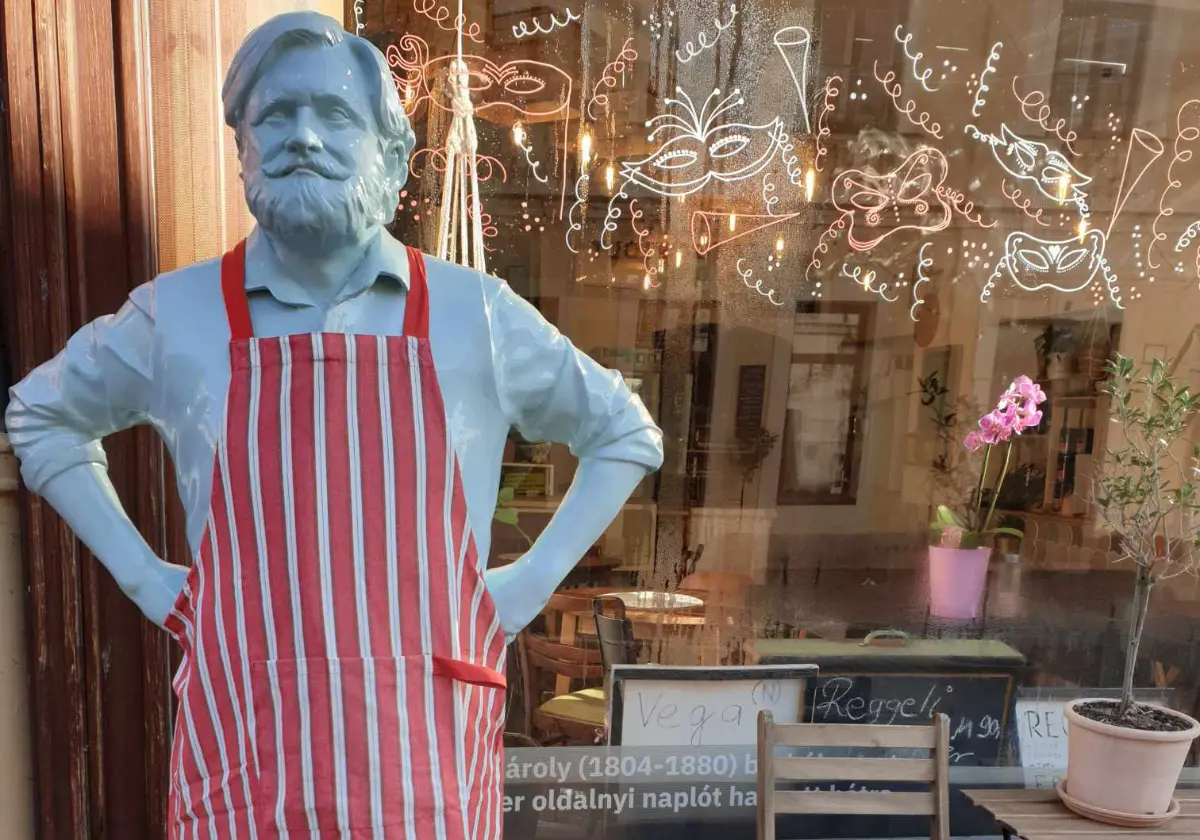
A walk in Rákóczi Street in Veszprém is a real time travel. This was the old shopping street, which the press of the time compared to the Váci Street in the first half-decade of the century. The history of the old buildings is told by the tableaus displayed in the shop windows. A barber shop operated in house number 4. Károly Francsics lived and worked here with his wife in the 19th century. The extravagant master barber started writing a diary at the age of forty. He wrote the story of his life up to that point, and then regularly wrote down his everyday life and events in the town until his death. He already shaved a lot of people when he was an apprentice, he had a lot to write about. His diary eventually amounted to nearly 3,000 pages, which he himself organized into volumes. Thanks to his unique style, he vividly evokes the past of Veszprém. We can take his memories in the form of a book. His former workshop and apartment are now home to a cozy vegan restaurant. Let's bravely enter the doors of Ablak a Bablak and eat a bowl of delicious vegetable food in a house that is more than a hundred years old!
3. The secrets of the "Rock" in Veszprém
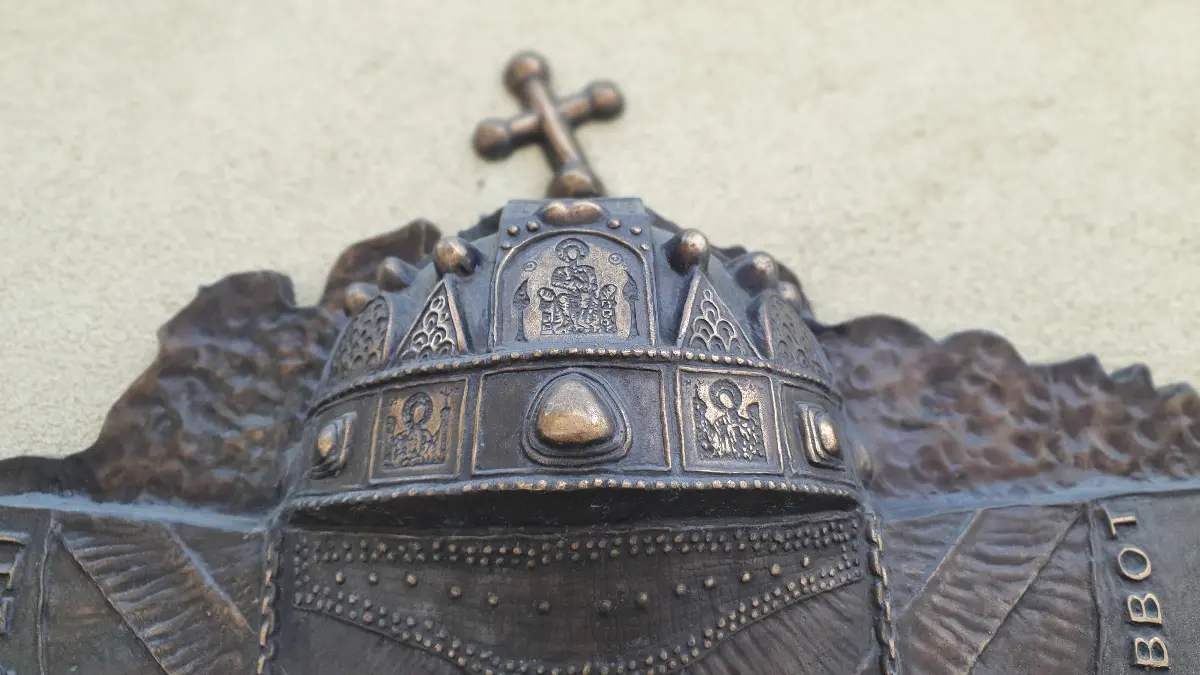
There is a mysterious place in Veszprém, which the locals simply refer to as "The Rock". You have to look for it there, where you see a memorial tablet at the bottom of the castle, on the Jókai Street, which says that the Holy Crown and Holy Right were kept here in 1944. The bunker complex formed in the rock behind the buildings was originally built as the vault of the Hungarian National Bank, and it also housed a shelter and an air defence control centre designed for the purpose of civil defence. Due to the advance of the Soviets, the coronation insignia (except for the coronation mantle) were transported here, and from there they were taken to Kőszeg, Austria, and finally to the United States, from where they were returned to our country only in 1978. Today, the bunker is the Air Command and Control Centre of the Hungarian Defence Forces, a "secret" area closed to civilians, but thanks to videos of the Defence Forces on the Internet, you can "peep" into the mountain's belly. And if you walk up to the Veszprém castle, on the side of the castle gate you will find a mini-statue of Colonel Ernő Pajtás, a crown guard, which commemorates the journey of the coronation insignia to Veszprém.
4. Unusual exhibition in the former castle prison
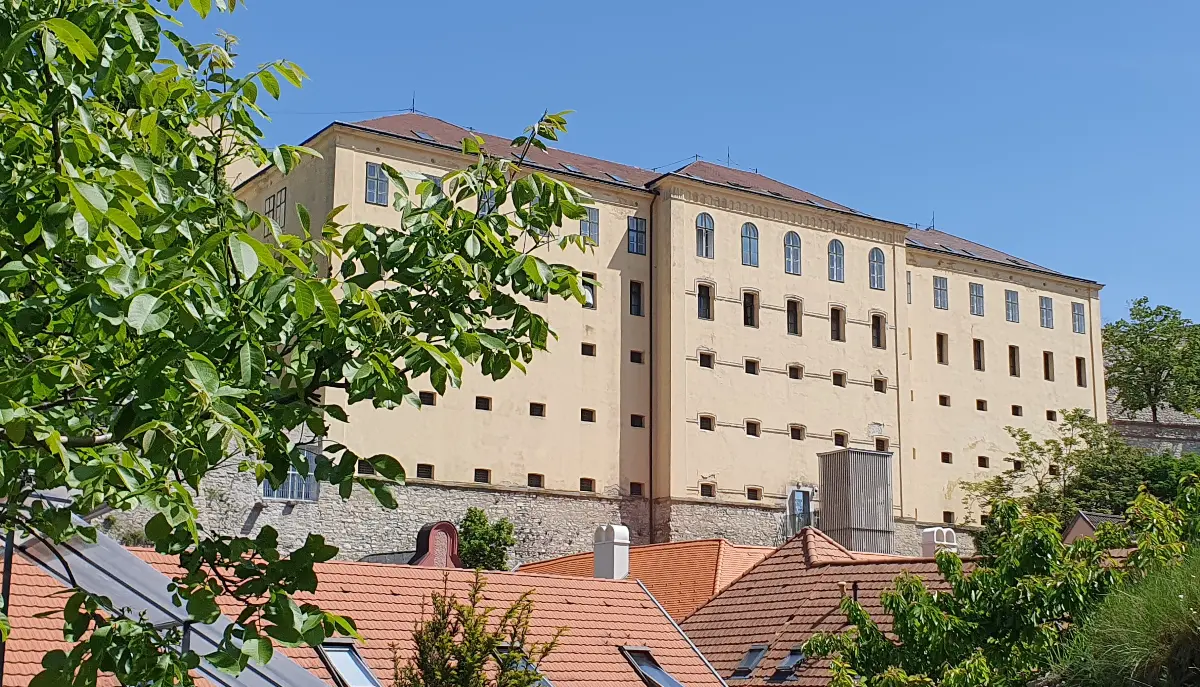
The everyday life of the prison of a town is full of secrets and curiosities. At the interactive exhibition of the prison museum in Veszprém, which opened in 2024, we can get an insight into this peculiar world. The history of the castle prison dates back to the Middle Ages. Allegedly, Jóska Sóbri was also imprisoned here, and the other notorious outlaw from Bakony, Ferkó Milfajt, was executed in his yard. The most famous prisoner was József Mindszenty, who, as the bishop of Veszprém, managed the diocese from here and ordained ordinands in the prison's small chapel. The current building was in use until 2003, when it was closed due to unsustainable conditions. The former cells on the 3rd floor can be approached through the renovated Ruttner house. The exhibition presenting exciting, yet sensitive topics was titled "Man behind bars". Not recommended for children under 12 years of age.
5. Secret rescue operation to save the valley bridge in Veszprém

The Szent István Völgyhíd - Viaduct for short - was built to facilitate traffic through the city. Its construction was not easy in the slightest degree, for example, the road leading to it was blasted into the rock. The first underline arch bridge in Hungary was handed over in 1937. Barely an hour and a half later, the first accident happened. During the war, retreating German soldiers decided to blow it up. They tried in vain to put them off through negotiations. However, thanks to the rescue operation of some heroes of Veszprém, two of the three arcs were eventually left intact. They distracted the guards and secretly defused most of the explosives, so only one of the small arches was damaged, which was fortunately restored over time. The view from the resting place on the bridge is wonderful.
1 The story of a more than 200 million year old animal

At the end of the Veszprém Castle Benedek Hill rises, at the bottom of which we find the Monastery and Gardens walking path along the Séd Stream, which has been voted the most beautiful walking path in Hungary several times. Looking up from here, the rock layers that make up Benedek Hill can be clearly seen. Its rocks are ancient, more than 200 million years old. At the time of their origin, this piece of the earth's crust was still located somewhere along the equator. In 1903, in a quarry in the neighbouring hills, the remains of the pebble-toothed pseudo-turtle, Placochelys Placodonta, were found from the same layers. This particular primitive reptile is an excellent age-determiner, as it only lived for a short time and then became extinct. From this we know that the rocks here were deposited in the lagoon waters of the former Tethys Sea, sometimes shallower and sometimes deeper, where the turtle also lived. For those who would like to see what the seabed was like at that time and what other animals lived in it, we recommend to visit the "Halagút" located on the side of the Sintér hill!




